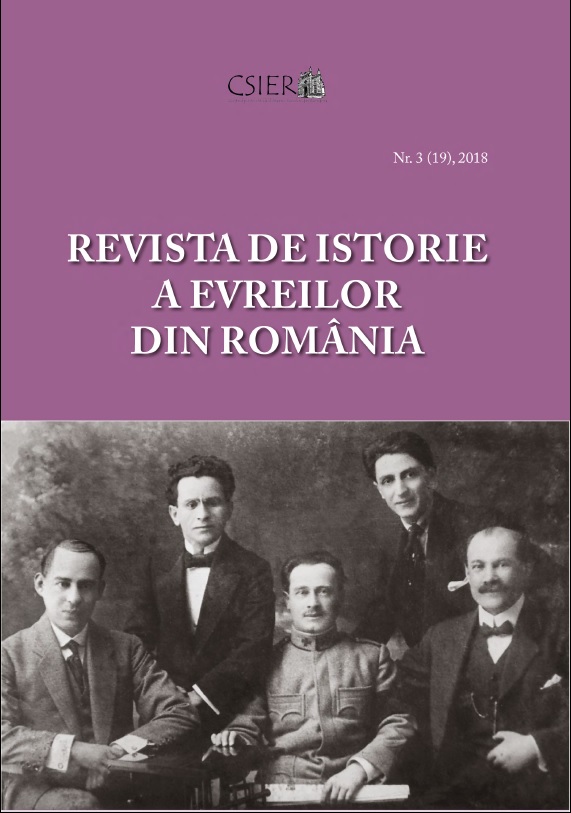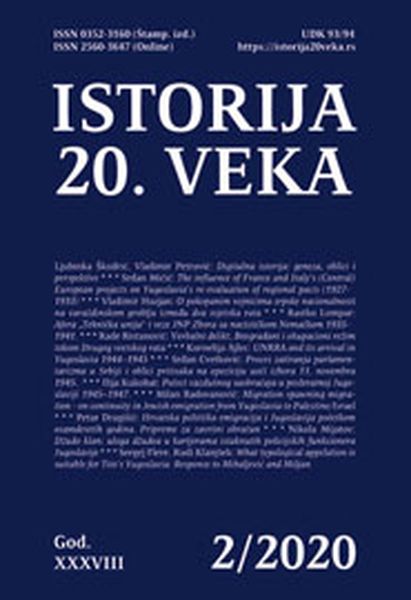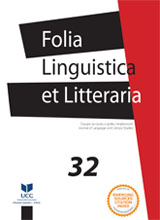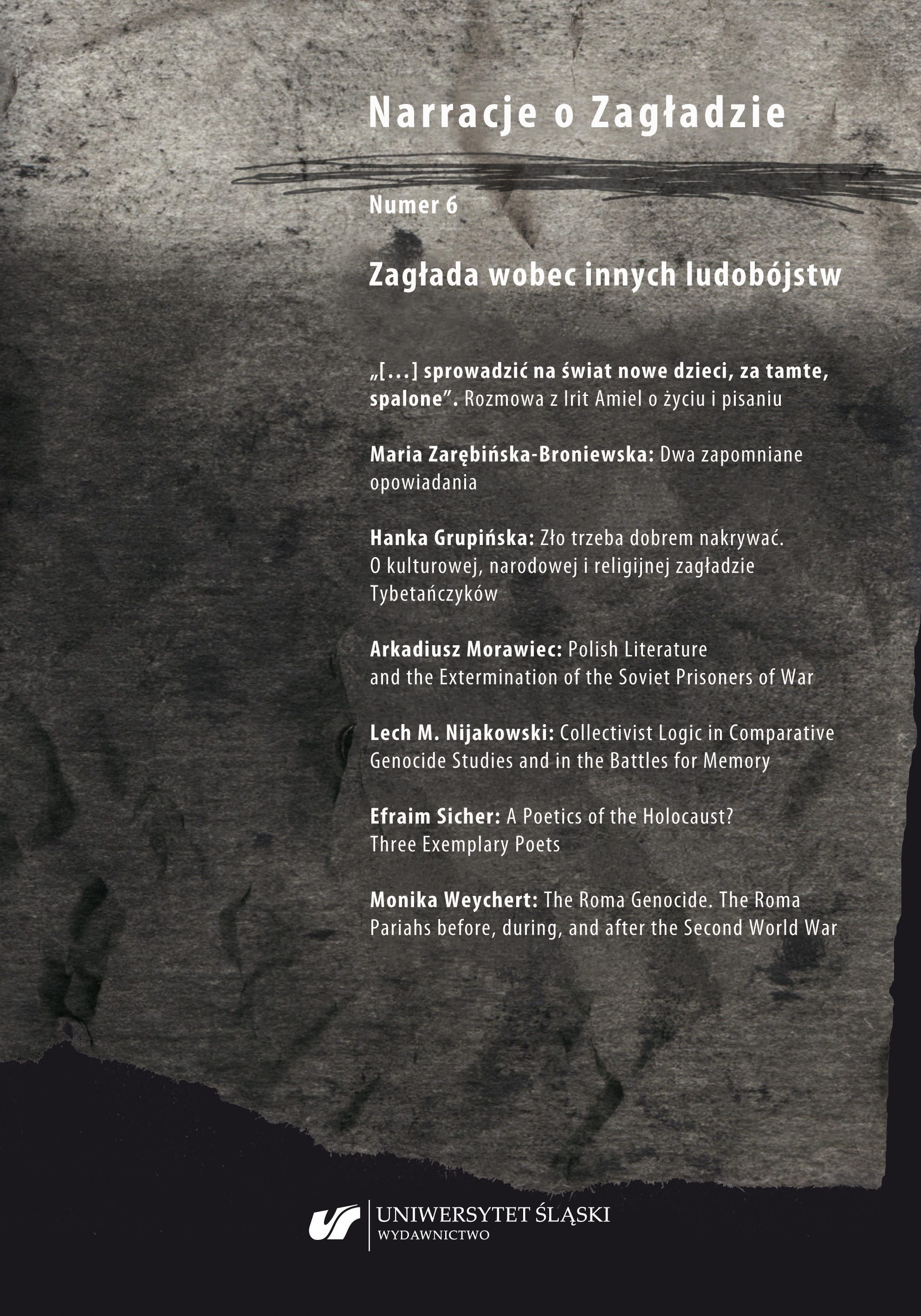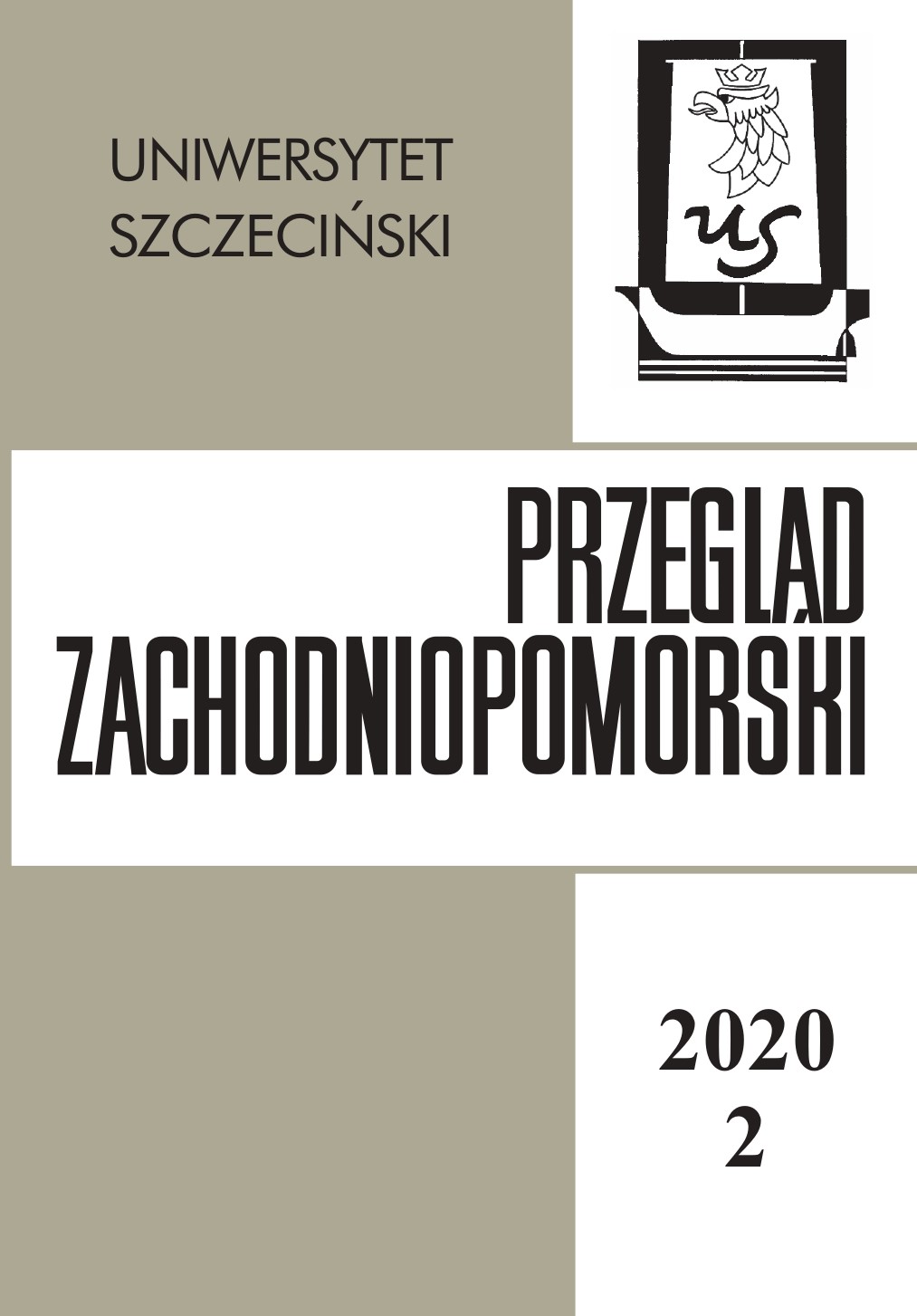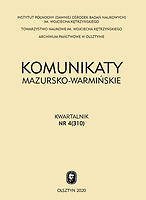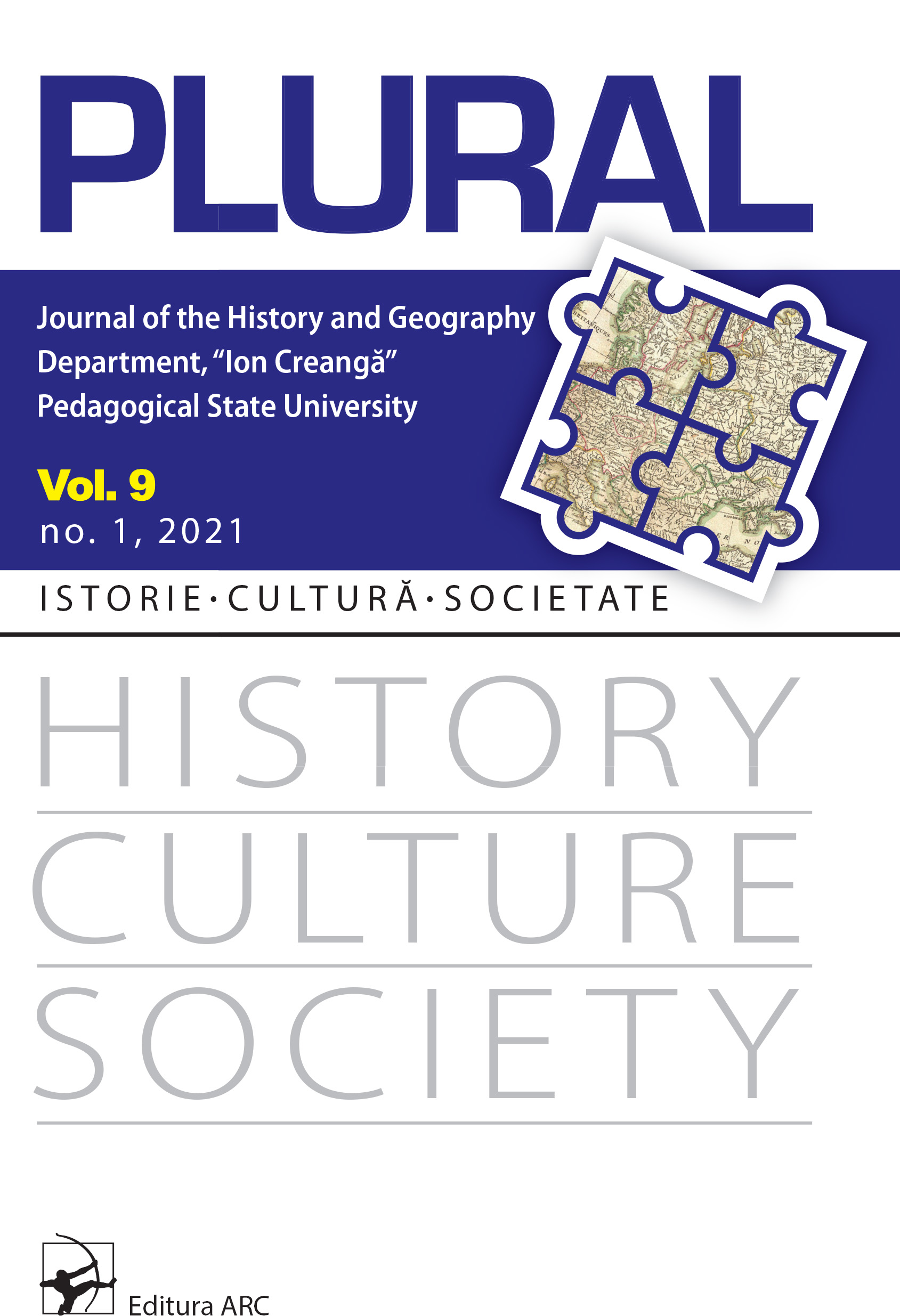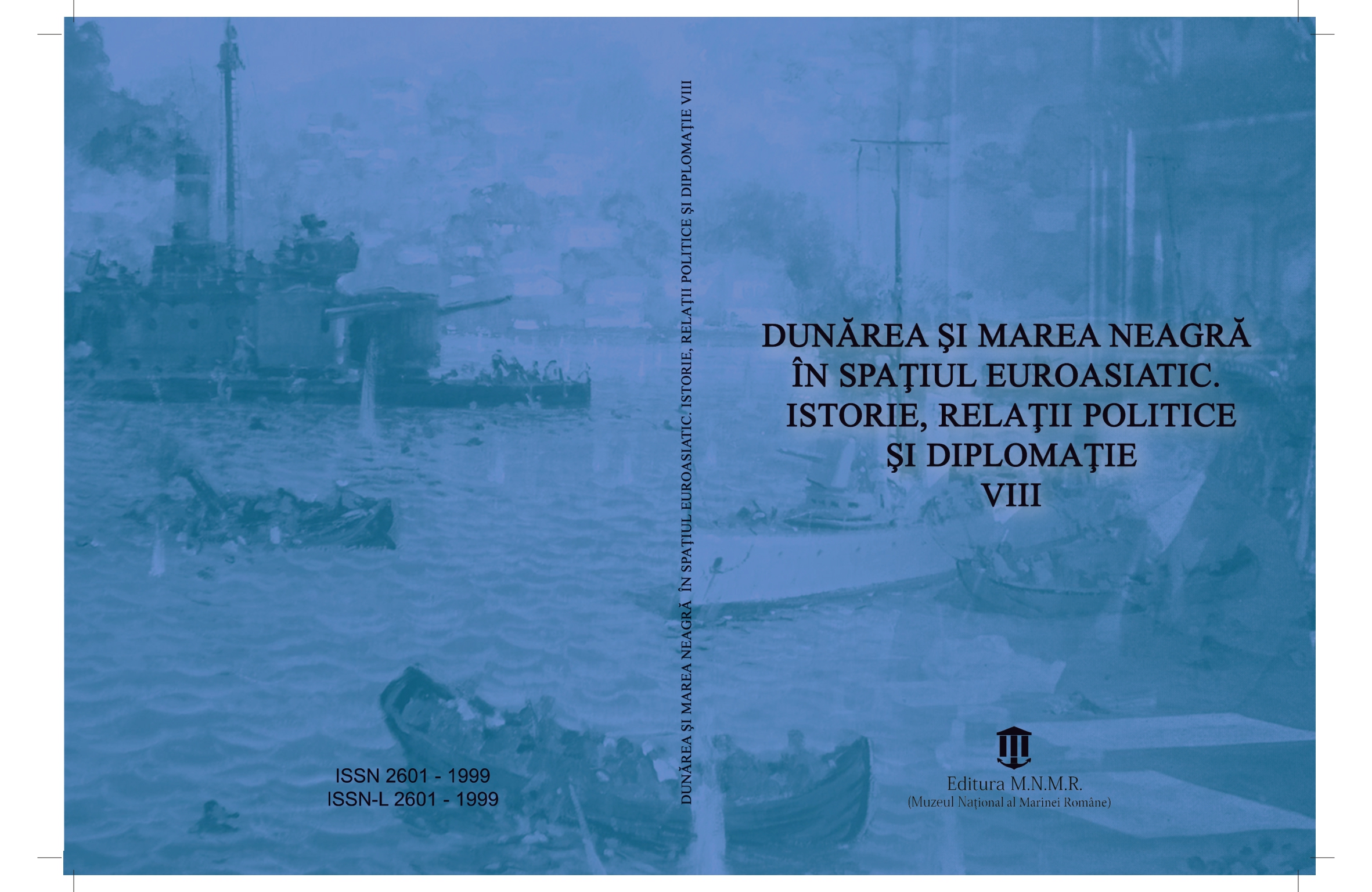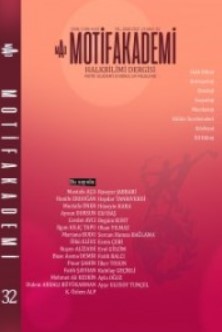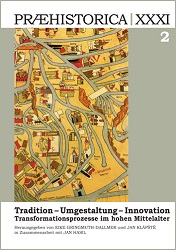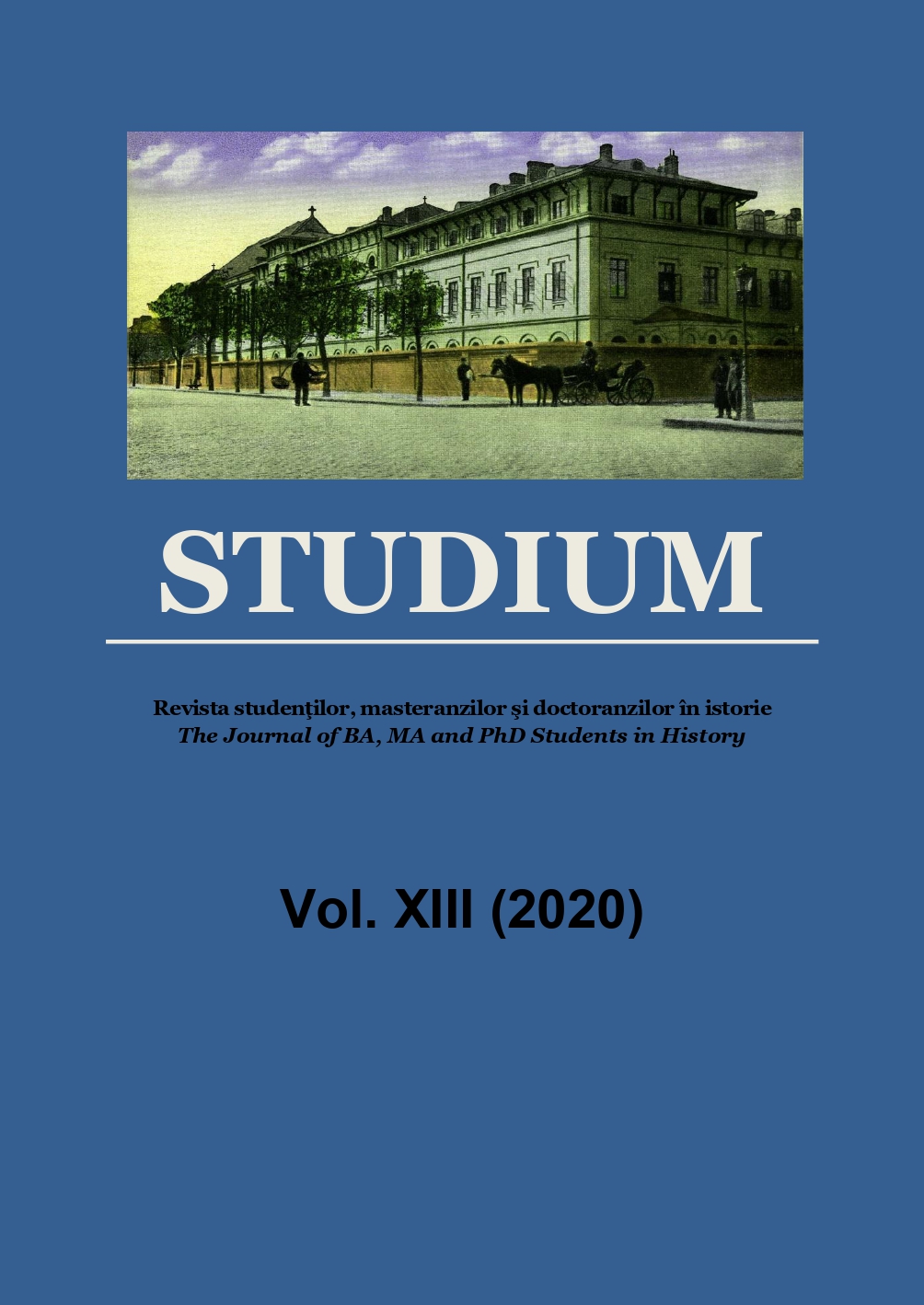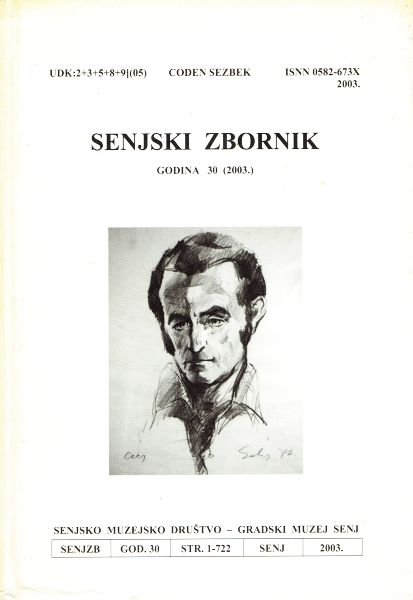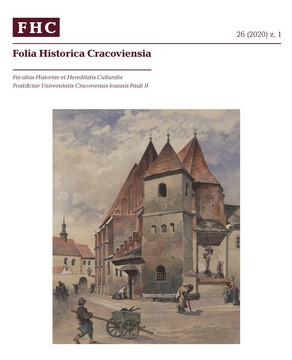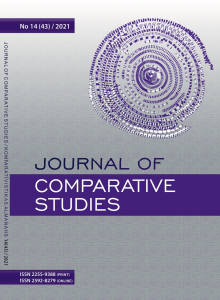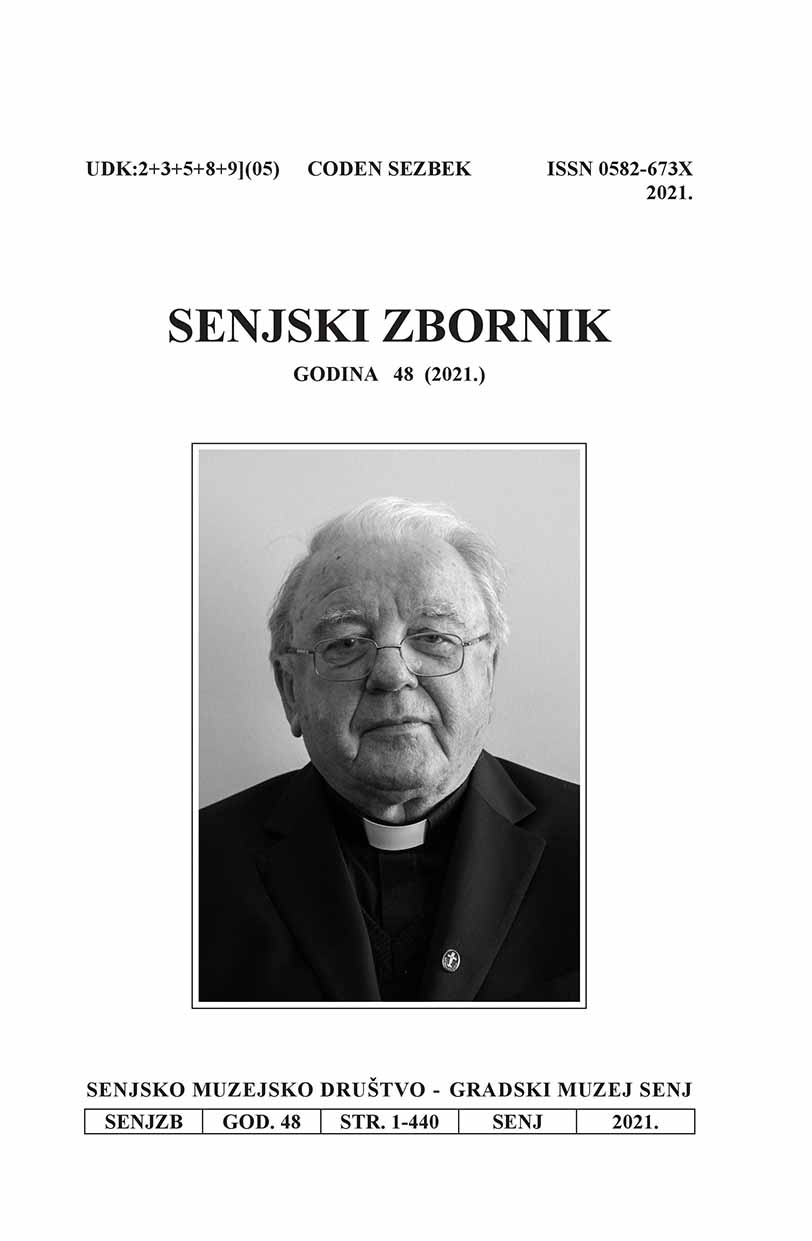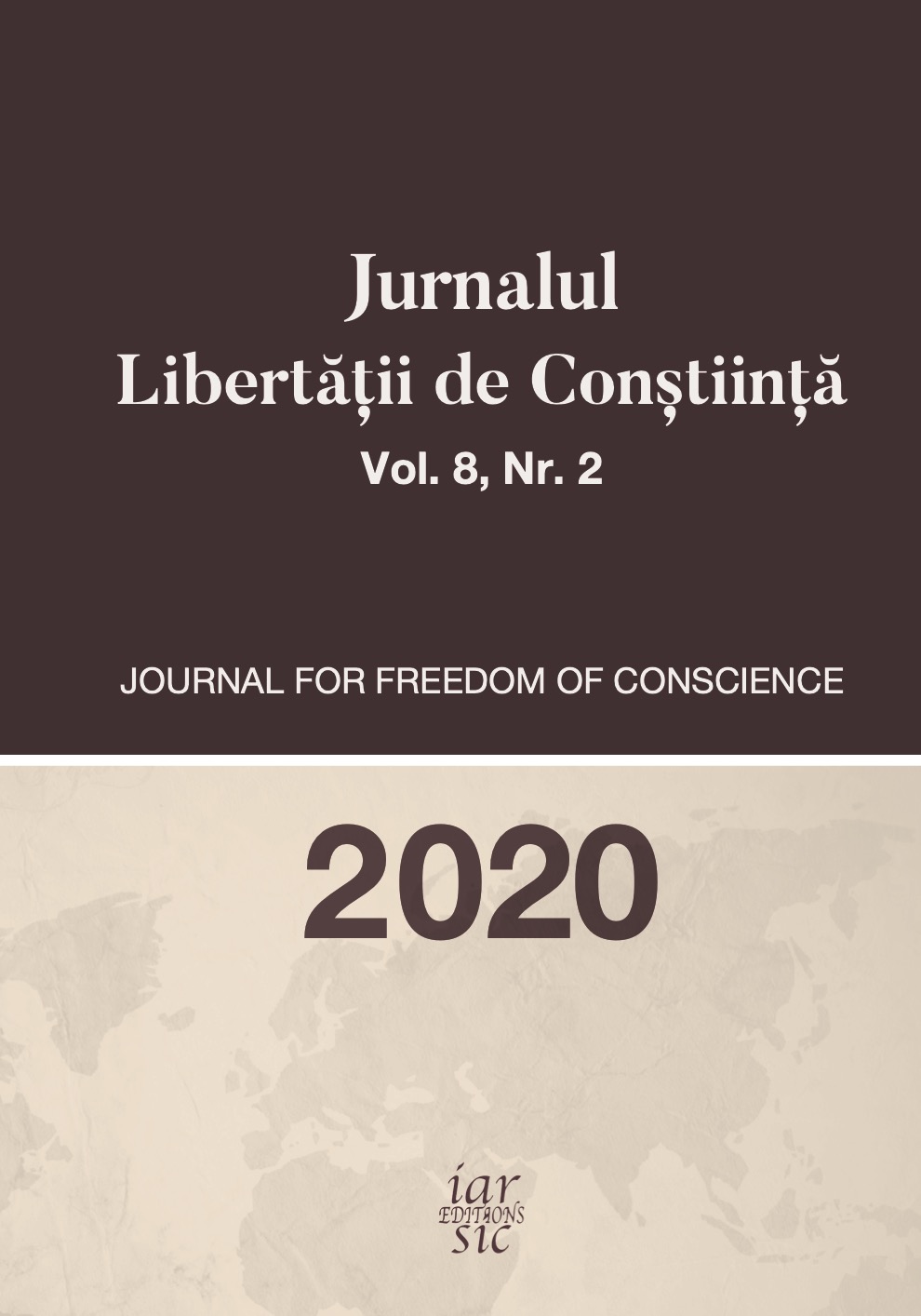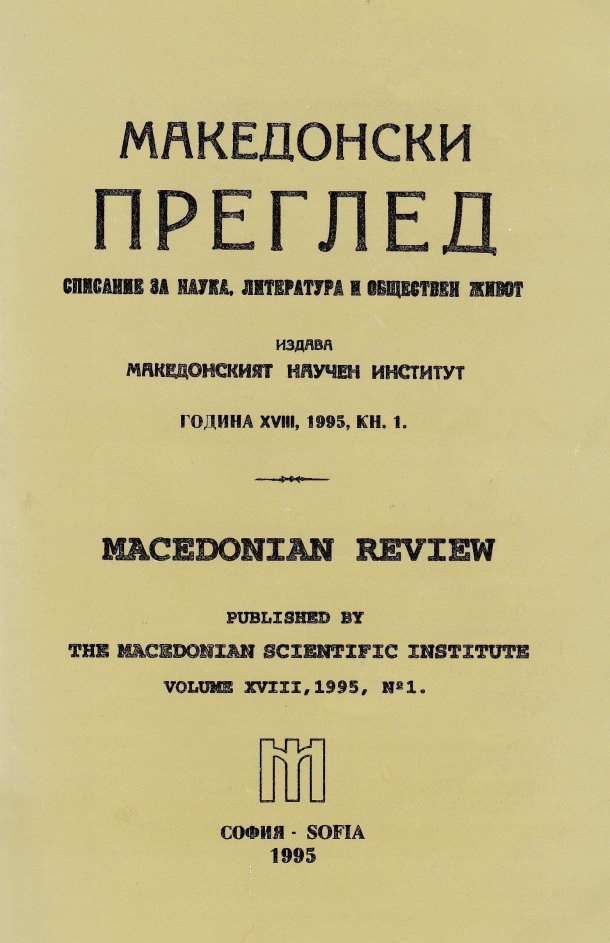
Интернационалното изучаване на Македония - път за достигане на истината
The Bulgarian philologists present at the 1993 symposium of the Macedonian Scientific Institute (Sofia) focusing on "The Bulgarian Language in Macedonia", came up with quite a few sound arguments attesting to the unity of the Bulgarian (spoken and literary) language on the territory of Moesia, Thrace ad Macedonia. The author suggests that this positive result should be multiplied by providing proof from areas occupied by other branches of science: literature, history, archaeology, folklore, ethnography, arts, geography, philosophy, as wall as law and religion.
More...
